2024: ELSA FREISE
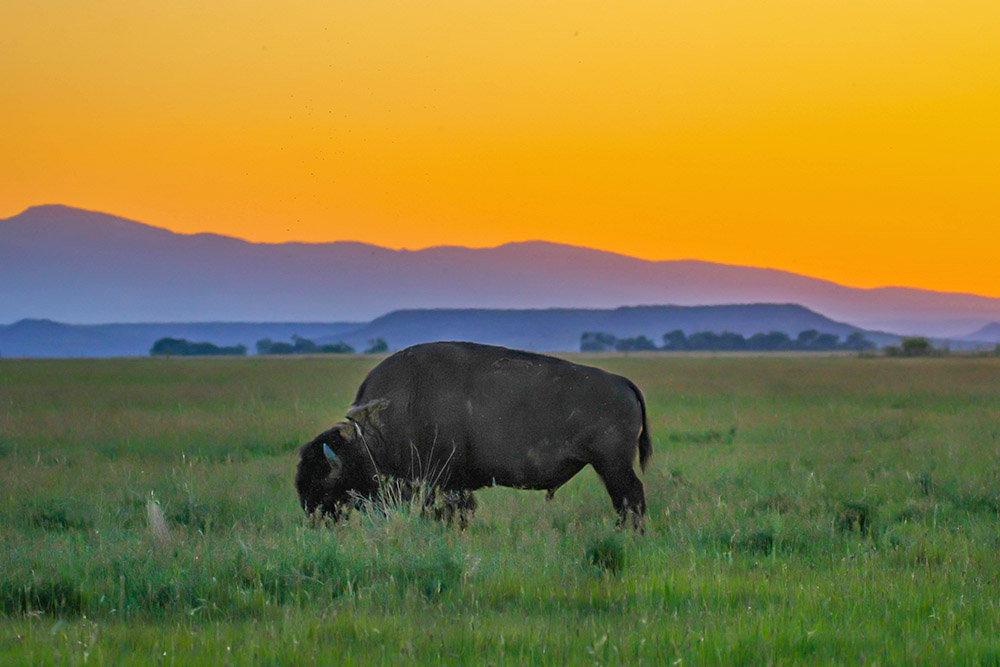
Elsa Freise, a recipient of the 2024 Larsh Bristol Photojournalism Fellowship, spent the summer working alongside the crew of the Wind River Tribal Buffalo Initiative and documenting their efforts in Wyoming conservation.
Freise wanted to tell a story that would be historically significant to Wyoming and focused on its people.
“As a zoology major, I have always been intrigued by our state’s mammal, the bison,” she says. “Additionally, indigenous and marginalized communities are often disproportionately affected by climate change, yet their leadership in conservation is crucial for equitable policies.”
2024: Forrest Cole
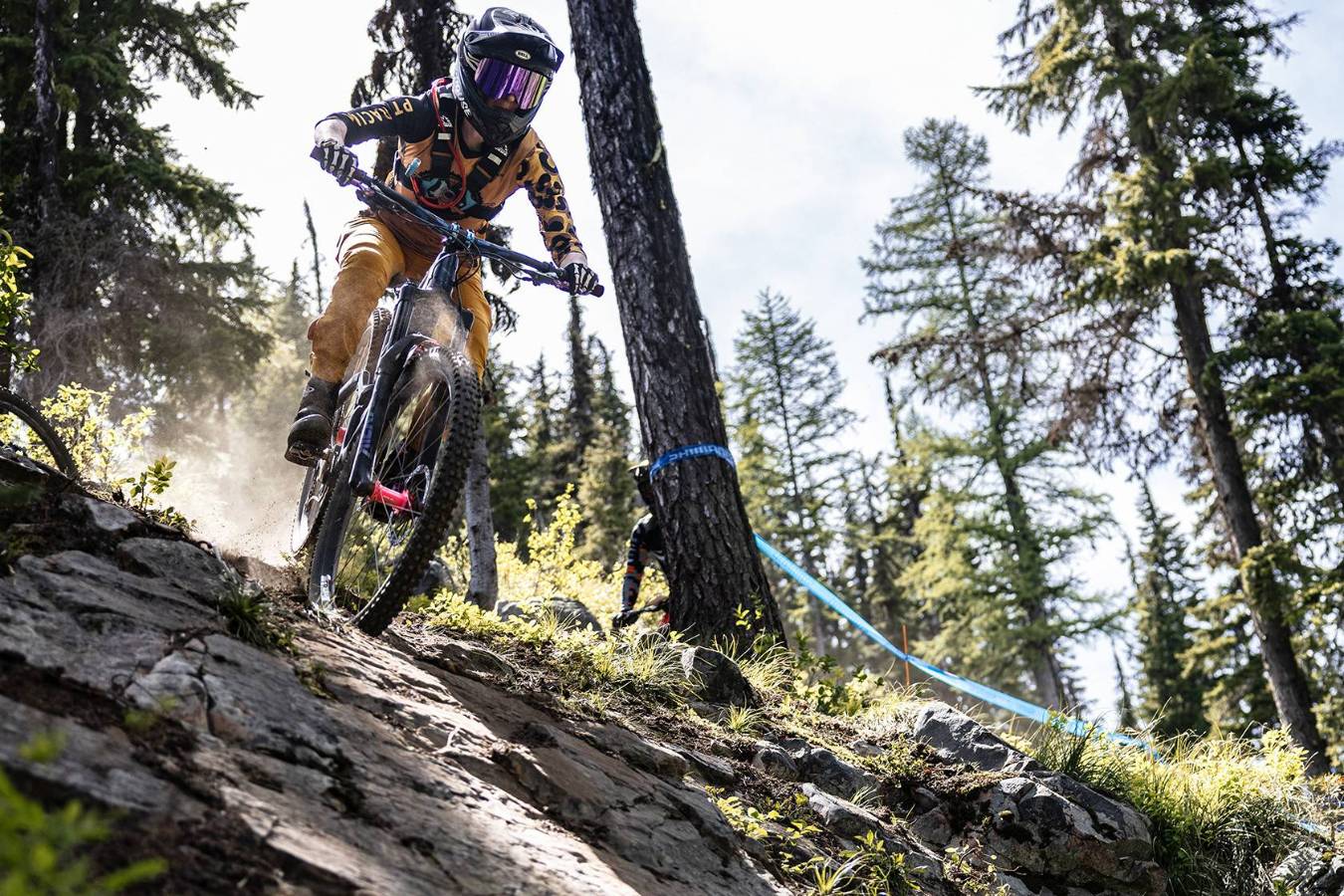
Forrest Cole, a recipient of the 2024 Larsh Bristol Photojournalism Fellowship, spent the summer photographing Fiona Dougherty, a professional enduro racer and cofounder of Mountain Marauders, to document her fight for gender equality in mountain biking.
Sports photography has always captivated Cole, who credits it as the source of his passion for cycling and outdoor recreation. Drawing on personal experiences in mountain biking, Cole decided to step behind the camera to document one woman’s efforts in making the sport accessible to all.
“When I got older, I realized I was just as interested in documenting those sports with a camera myself,” Cole says. “It was this interest that drove me to follow stories related to this sport, and Fiona’s story is one that I felt deserved to be told.”
2023: Ashton J. Hacke

Ashton J. Hacke, the recipient of the 2023 Larsh Bristol Photojournalism Fellowship, spent the summer photographing newsrooms in Wyoming to understand their environment, people, and community.
Throughout his time at UW, Hacke interned and worked freelance at different news outlets in Wyoming. Because of his experience in these environments, many things sparked Hacke’s interest to capture journalistic moments through a camera lens.
“While working in Wyoming newsrooms, I noticed a group of people who dedicated their lives, and went above and beyond for their work,” Hacke says. “I thought it would be important to go into the field and tell a story about the people in the newsroom, and how print media is holding up in the state.”
2022: Julia Cook
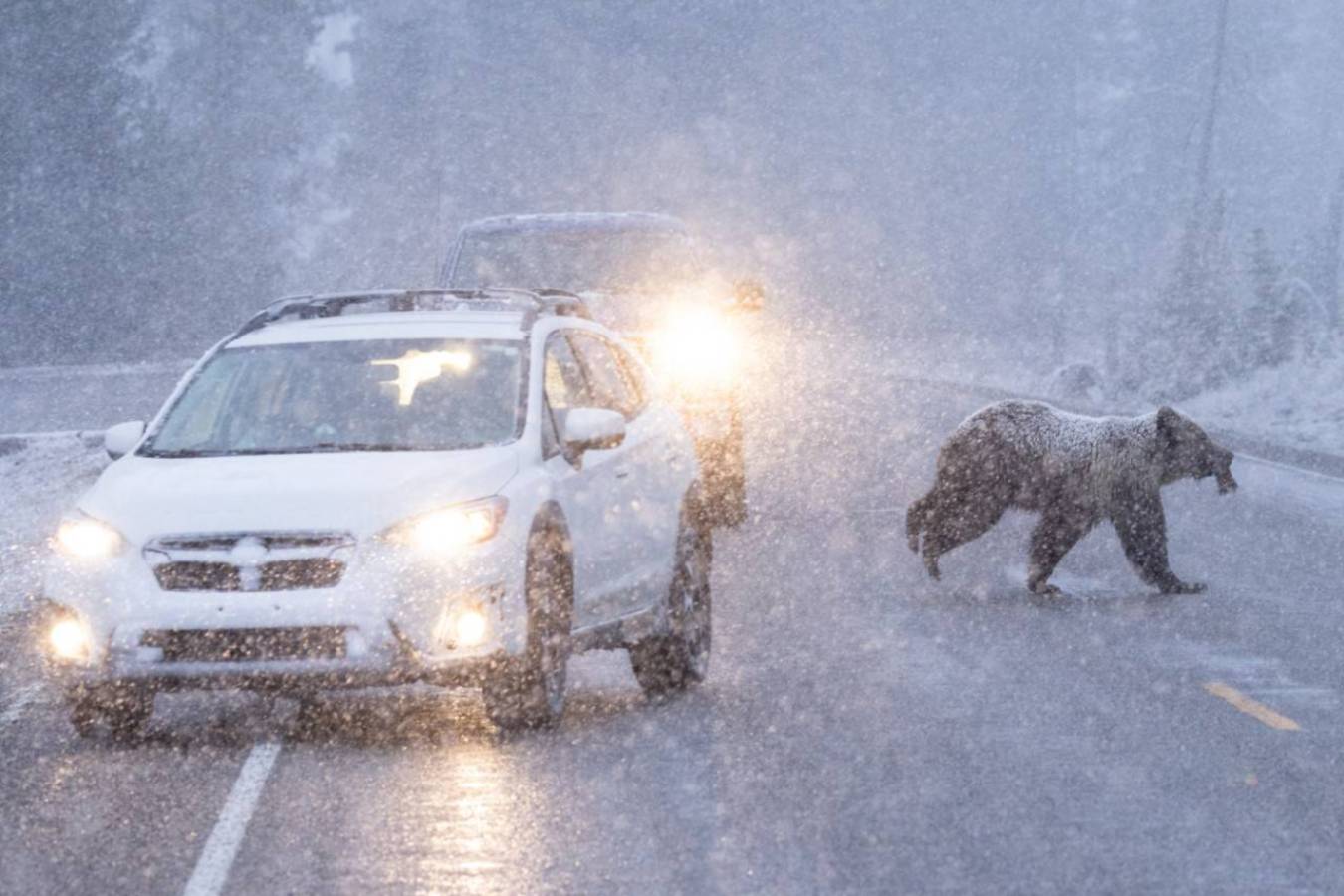
Julia Cook, a recipient of the 2022 Larsh Bristol Photojournalism Fellowship, spent Summer and Fall 2022 photographing grizzly bears in Alaska and Wyoming to document their unique connection to humans and the civilized world.
Before the fellowship, Cook photographed grizzly bears as a hobby but edited out aspects of human society like roads, street signs and people. However, Cook realized many people don’t realize just how close grizzly bears are to human life, so she took it upon herself to document how people and bears interact.
“Many people see bears in a negative light, but I want to show that they are not only a little misunderstood, but can also be very beneficial to the state of Wyoming,” Cook said.
2022: Vanta E. Coda III
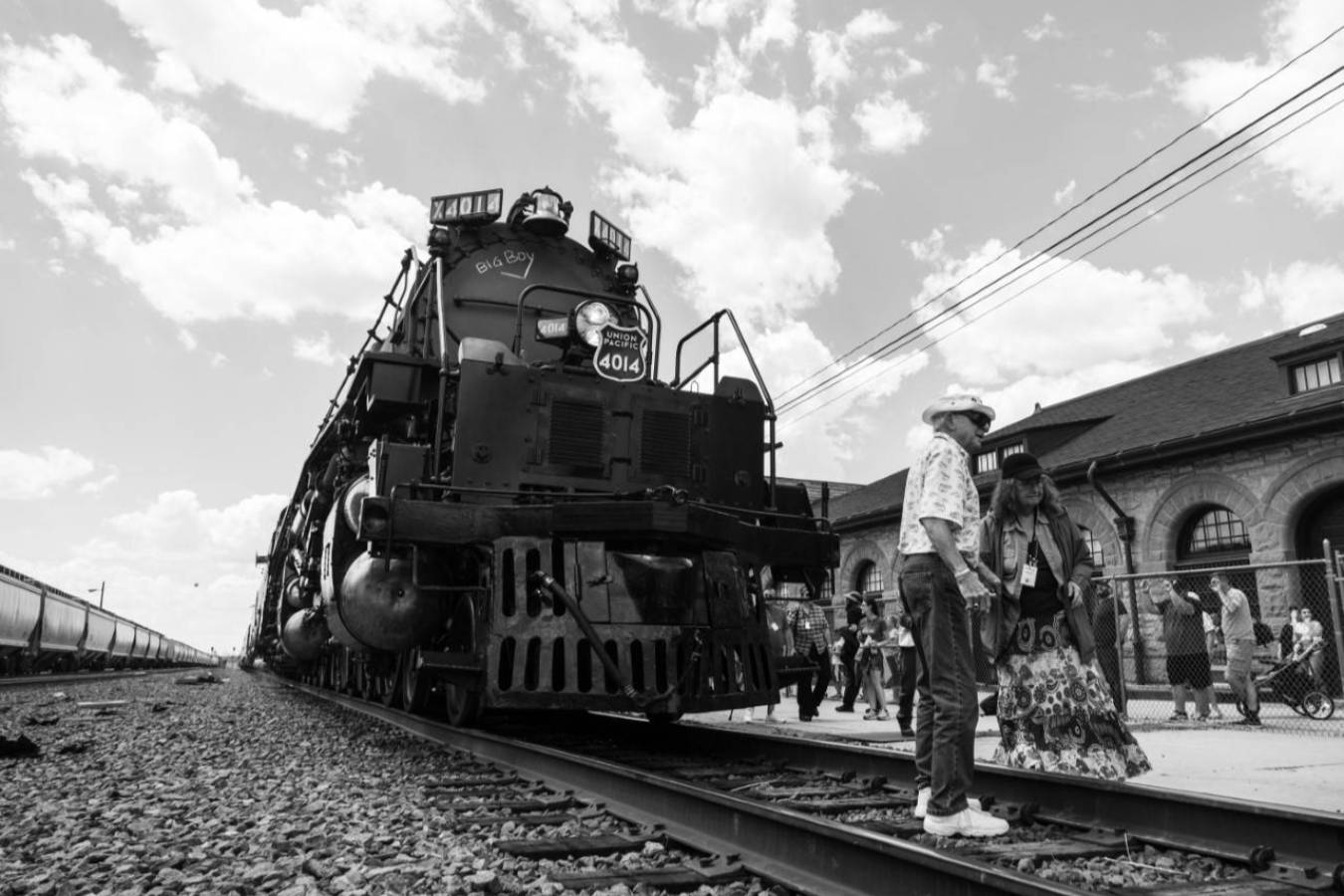
The Union Pacific Railway has been a staple of Wyoming’s history since 1867 and helped establish it as a state. But a University of Wyoming student is showing us that it is not an artifact from a bygone era, but is still an important industry today. Vanta E. Coda III spent the summer photographing the legacy of the Union Pacific Railway in Wyoming and understanding its modern-day importance.
Having a father that worked in the railroad, the inspiration for his presentation, “Wyoming’s Heritage to the Rails,” came from a place of childhood wonder. He saw the beautiful stories encapsulated in the railway and the people who help it function.
“I wanted to show people that the railway is still here and still positively impacts people,” Coda said. “It is not just about the trains. It is about the people who work behind the scenes on the railroad who are not recognized enough.”
2021: Colt Duncan
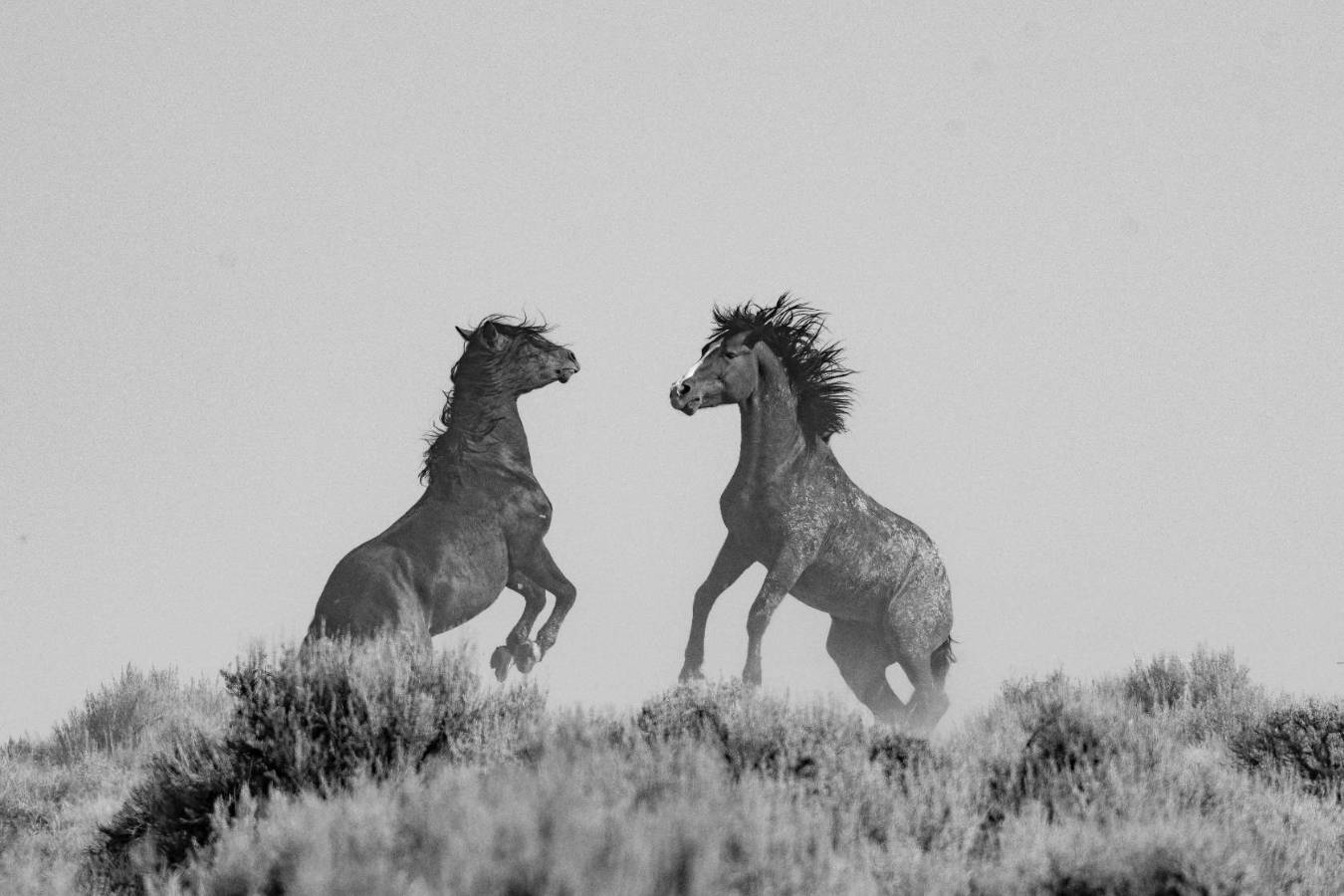
Wyoming is best known for its breathtaking and vast landscape and is one of the most visited and beautiful of the 50 states. Home to Yellowstone National Park, the world’s first and oldest national park, and Grand Teton National Park, this is the best of wild and natural America.
Colt Duncan focused on exactly this — capturing places that still feel wild and untamed in the vast landscape of Wyoming. With “WILD – For the Love of Places Untamed,” Duncan wanted to show people that there are still places that humanity has yet to tame, places that continue to persist and thrive throughout time, blissfully ignorant to mankind’s presence.
“These places still represent pure natural beauty, not because they ask for attention, but because they will continue to be miraculous even when no one is there to see.”
2020: Conor Mullen
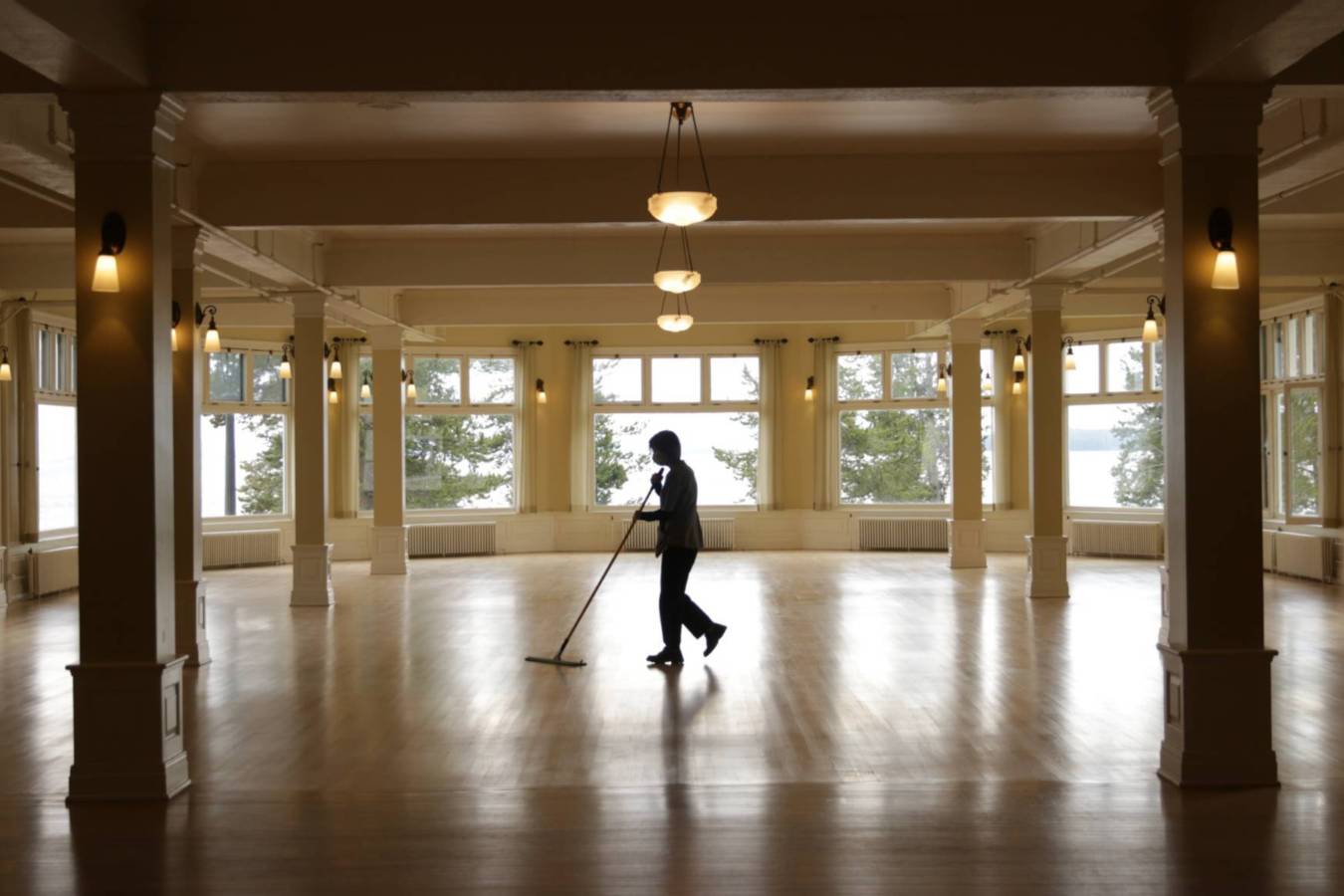
The year 2020 has been a year of the unthinkable and changing the way we live our lives. The pandemic took a toll in majority of our lives and in a lot of industries across the globe, including the tourism industry, which was Conor Mullen’s main inspiration for his photojournalism project.
Jackson Lake Lodge’s diner, which is normally bustling with people throughout the day was closed. The place where you usually must wait in line despite the abundance of seats, are now empty and deserted, with their furniture and photos on the wall all covered up with cloth.
These scenes were what Mullen was trying to convey in his photojournalism. Documenting the impact of the pandemic in a large geographic area, not only in the national park itself, but the Greater Yellowstone area and even parts of Idaho.
2019: Christina DeLong
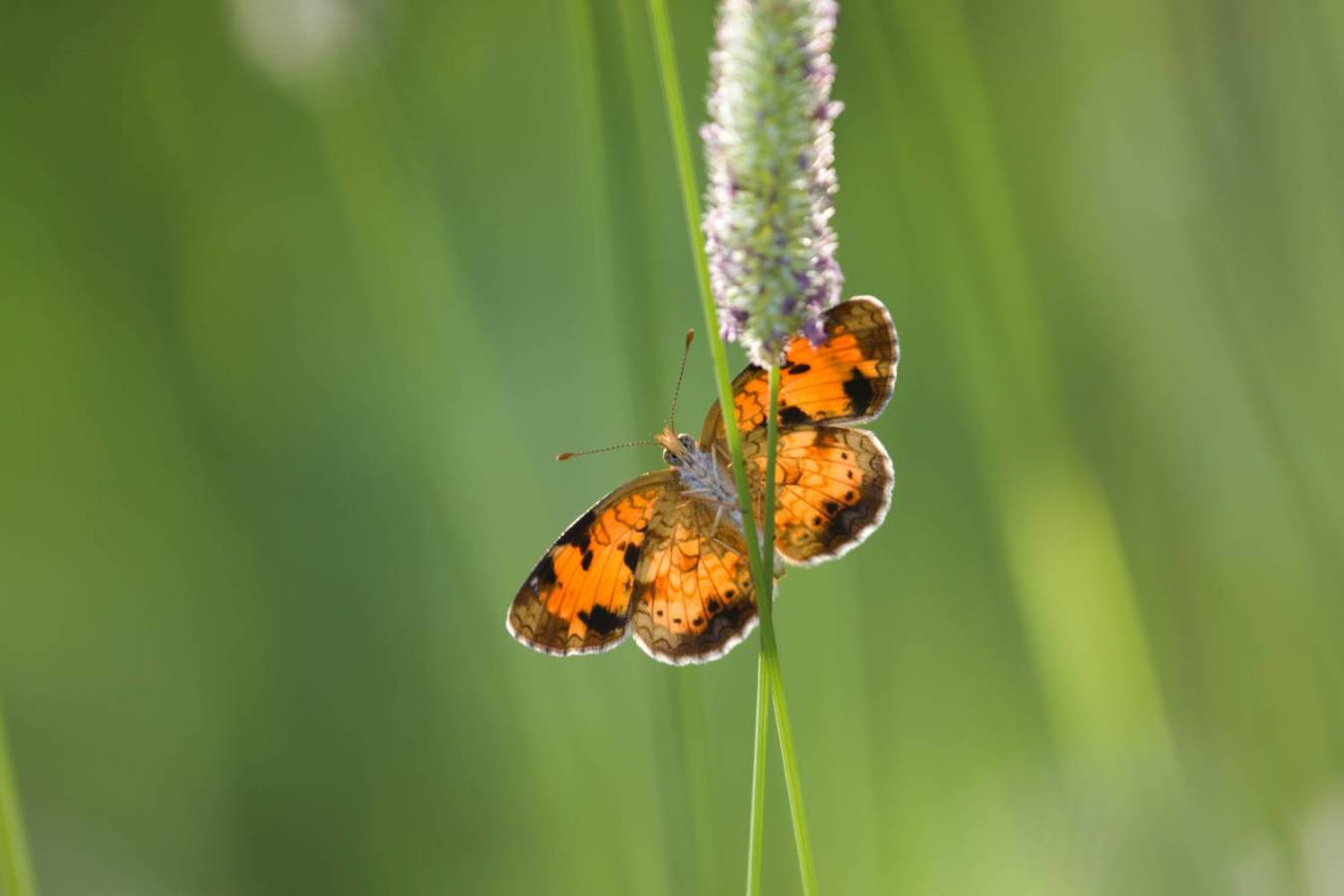
Pollinators are declining globally, and the pollinators of Wyoming are no exception. Christina Kamaile DeLong sought to portray some of the beauty and diversity of the butterflies and bees in eastern Wyoming with her project, “Pollinators: A Hidden World of diversity.” Pollinators need help from the public, and DeLong hopes to get people excited about pollinator conservation with the pictures from this collection as well as collections to come.
DeLong is a Wyoming native and will graduate with a bachelor’s in zoology in 2021. She is passionate about pet care as well as conservation for the native plants and animals in Wyoming, and she plans to go on for a master’s and a PhD. She hopes to eventually land a job that facilitates research and allows her to share her enthusiasm with students and the general public.
2019: Michael Gjellum

"Phoenix: Life Arises from the Ashes" is a story of life and death in the coniferous forests across the western United States. Each year millions of acres are consumed by wildfires and the news portrays these events in negative tones. However, these forest fires are a natural event that has occurred for hundreds of thousands of years. From the ashes of fiery flames can rise hillsides covered in beautiful flowers and provide a new and unique habitat to wildlife. The purpose of this project was to touch on the natural cycle of fire and that not every fire is a bad fire while also highlighting current fire management practices are not sustainable limiting the likeliness of a healthy future for our coniferous forests.
Michael Gjellum is from Golden, Colorado but spent most of his free time in the mountains of southern Colorado. He is currently working on several other grants documenting wildlife and working to understand our diverse ecosystems.
2018: Jamie Lindsey
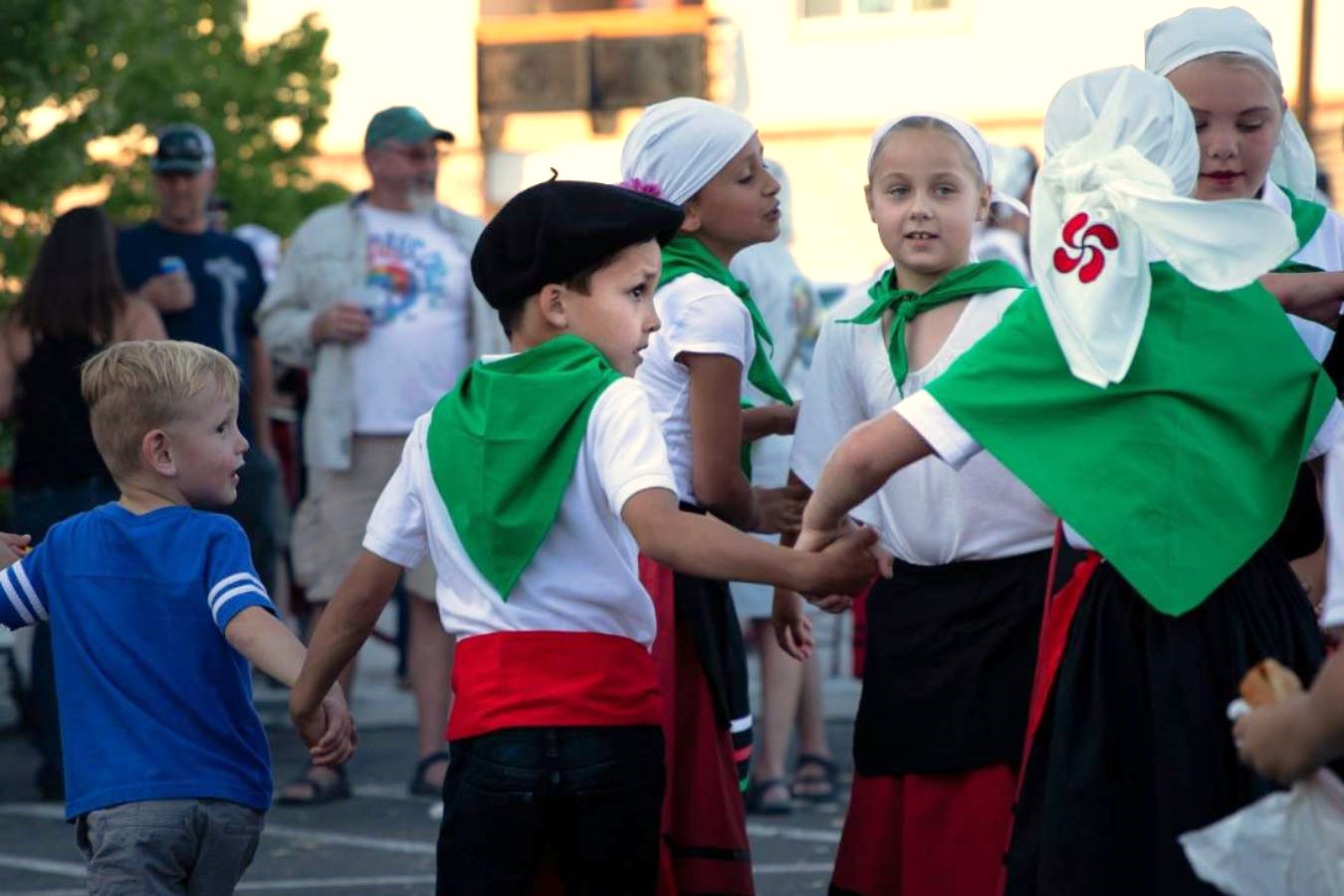
The discovery of gold in California stimulated a large influx of immigration to America, including the Basque people from Europe. However, they discovered a more lucrative trade: sheep herding. Lindsey's project examines how the Basque portray themselves through festivals as well as in their everyday ranch life in Wyoming.
Lindsey is a Wyoming-based artist interested in sculpture, apparel design, and photography. She holds a bachelor’s degree in Visual Arts from the University of Wyoming. A principle theme in Lindsey's work is the preciousness of memory and experience in developing the complexities that make each individual life unique. Lindsey enjoys time with her two fluffy cats, exorbitant amounts of hockey and frequent trips to Red Rocks.
2018: TAMARA RODGERS
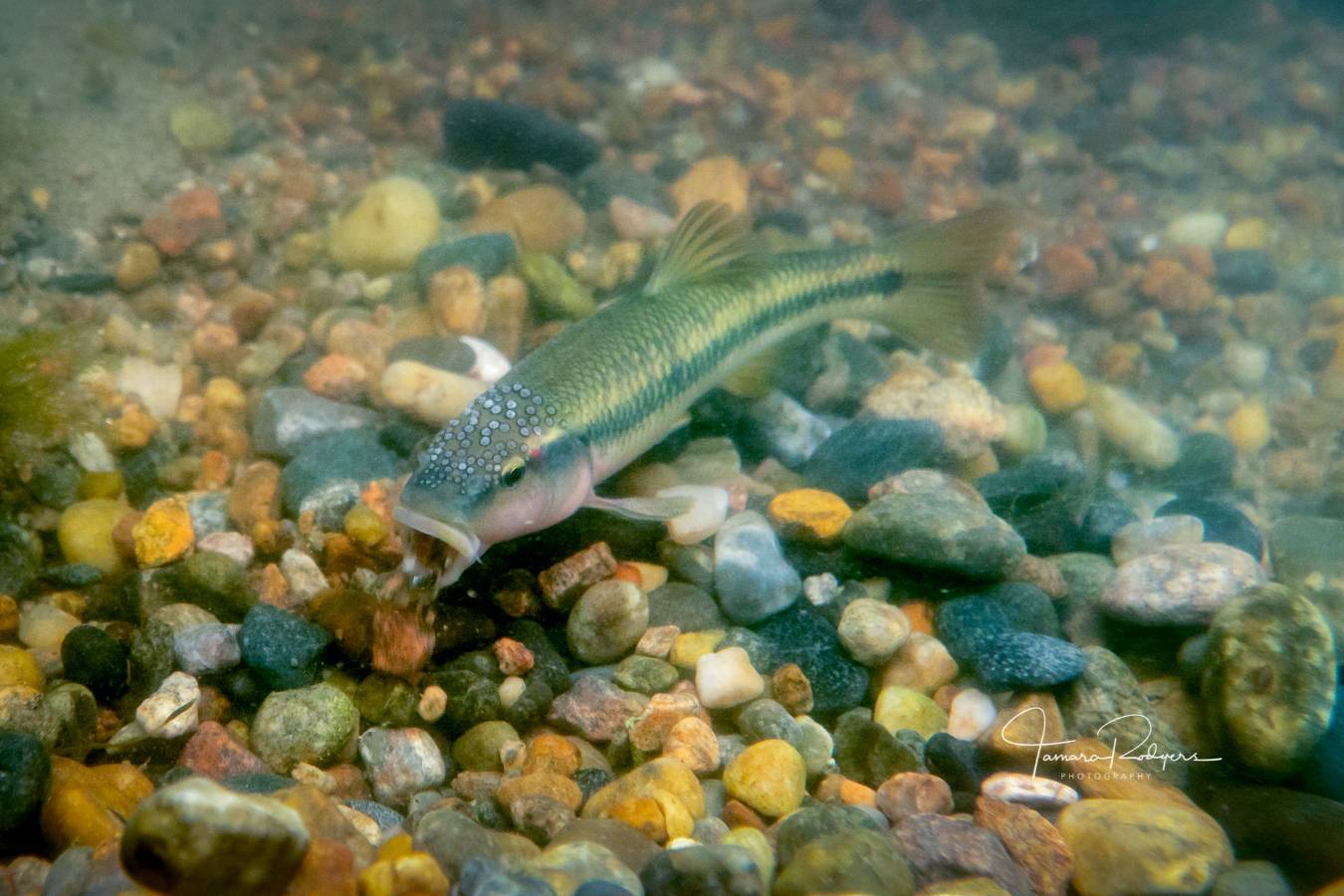
"Small Fish, Shallow Water" focused on a small native Wyoming fish that many have never heard of, the Hornyhead chub. Rodgers' main goal of this photojournalism project was illustrate the conservation efforts of The Wyoming Game and Fish Department who have named the Hornyhead chub a species of greatest conservation need. Because of its vulnerability, declining populations and geographic limitations to the North Laramie and Laramie rivers, the Hornyhead chub is at risk of being lost in Wyoming.
Rodgers has long been passionate about using photography as a visual storytelling tool. She lives in Cheyenne with her husband, daughter and border collie.
2017: WILL WISE
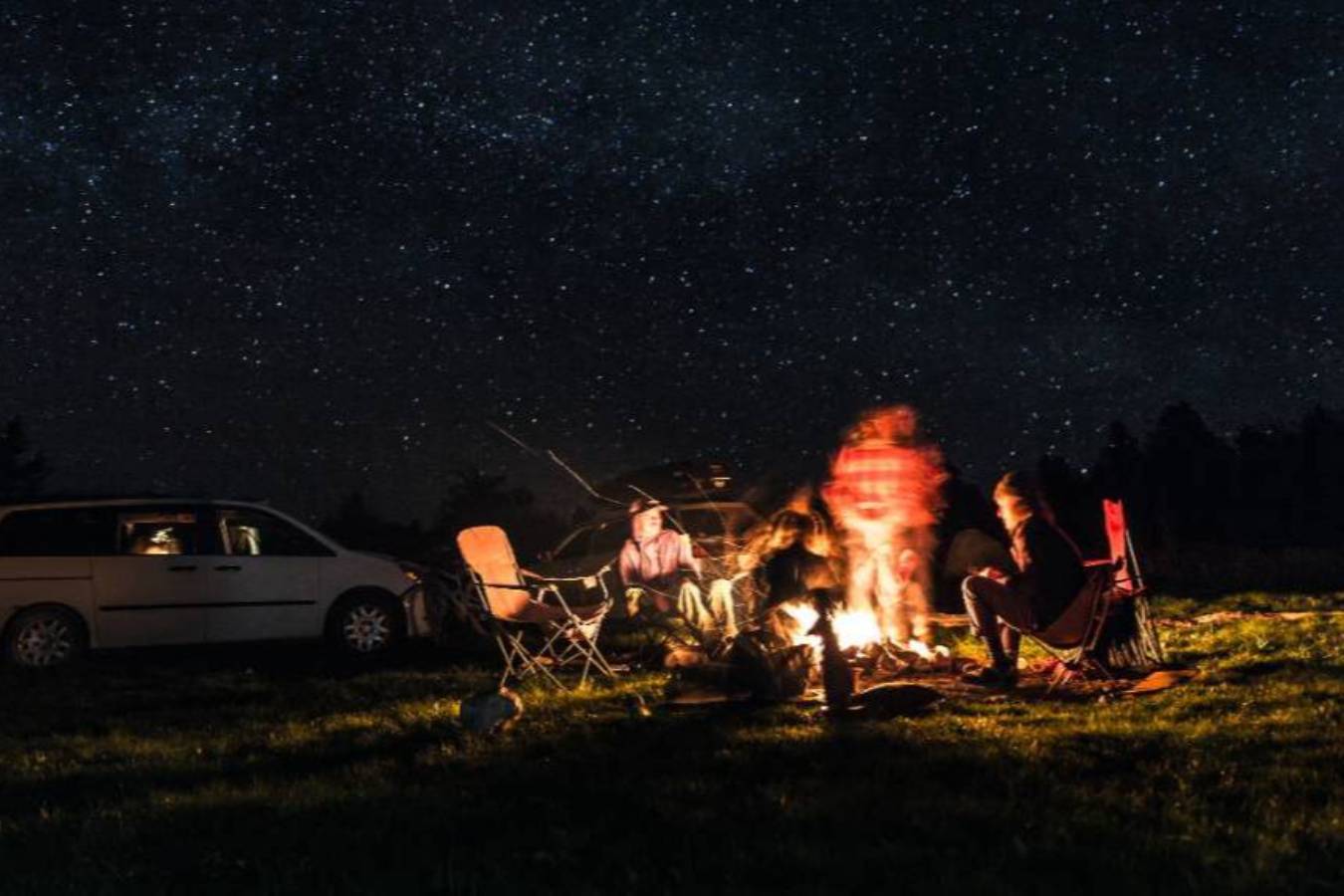
“In the Bed of a Truck” is a documenting project that showcases the seasonal homeless workers who make their home in the national forest around Jackson Hole throughout the summer months. This seasonal crisis comes from a lack of affordable housing but the availability of good-paying jobs. Wise’s project highlights the truth of workers being forced to make a trade off between having a place to live or saving money.
Wise was raised in a small town outside of Jackson Hole called Victor, Idaho. He became interested in photography at a young age and has always been most interested in photojournalism.
2016: SYDNEY EDWARDS
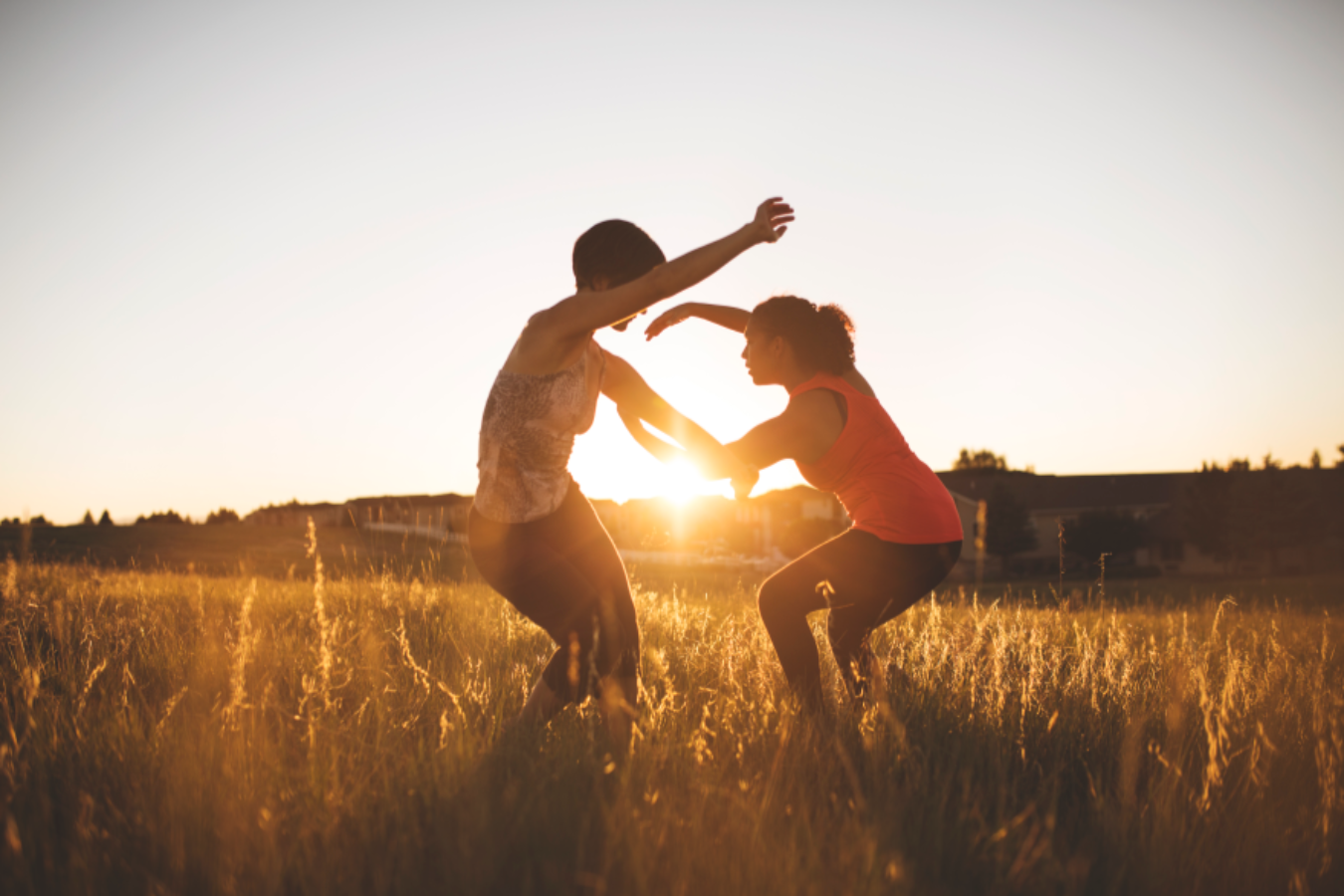
“Dance in Unlikely Places” is a group of five dancers and visual artists from the University of Wyoming who tour locations and perform for a diverse audience, and sometimes, for no one at all. Sydney Edwards is a part of this troupe and documents the ways in which the group performs. Edwards photographs dances among natural Wyoming sites to create a connection with space as well as dances within community settings, such as historical sites and care centers. The troupe strives to tailor performances for their audience and to deliver a rewarding and memorable experience.
Edwards is a local dance instructor and artist in Laramie. Having received a Dance Science BFA, she is passionate about diverse education opportunities through interdisciplinary approaches and building community through involvement and outreach.
2015: BRANDON FRITZ
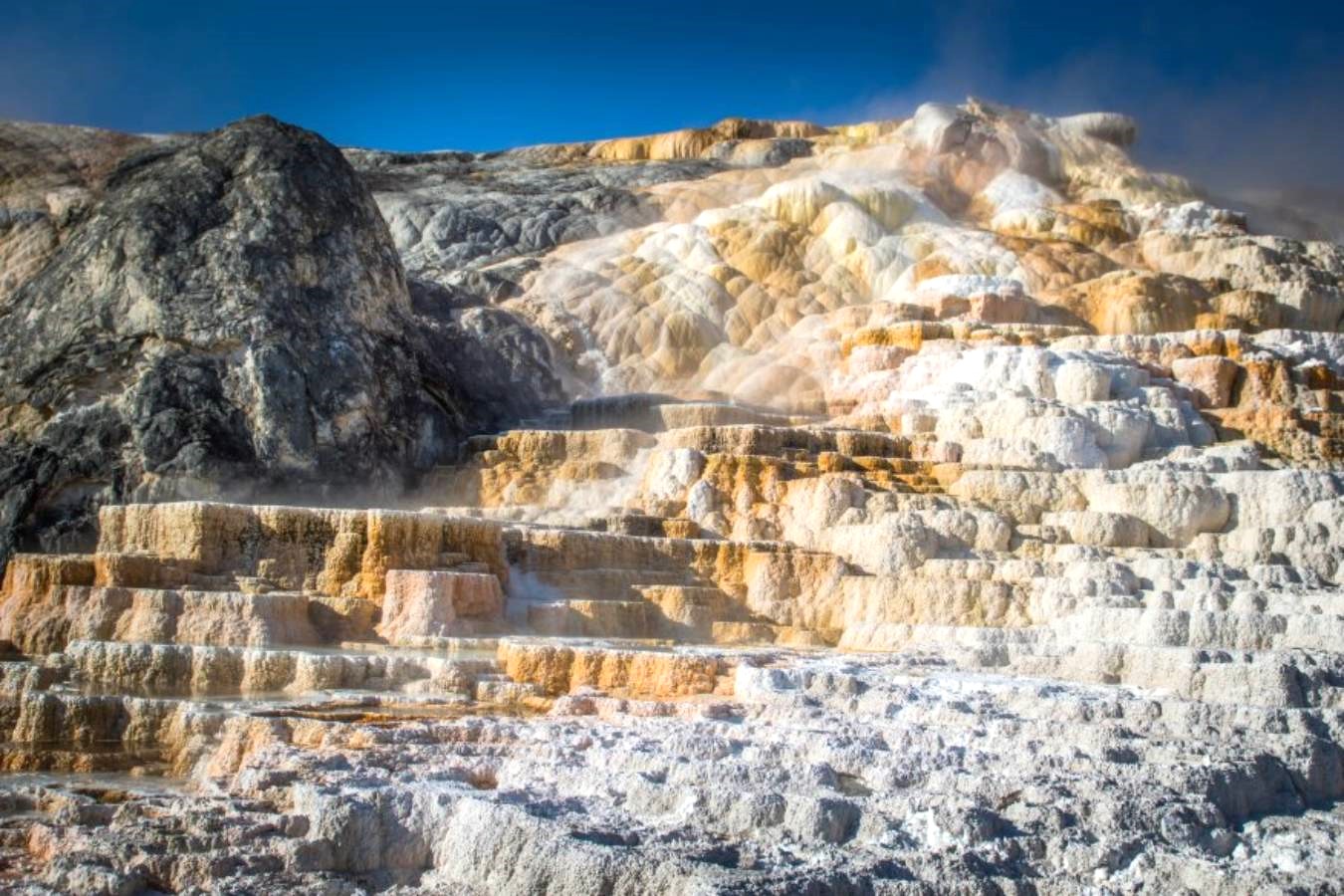
Hot springs in Wyoming are a primary tourist attraction. The beauty of a hot spring is complex and derived from a wide color range from the different hues created by the water. Brandon Fritz documents the allure of well-known hot springs that are found throughout Wyoming, as well as facts about each and how they were formed.
Originally from Northern Colorado, Fritz graduated from the University of Wyoming with degrees in Microbiology and Molecular Biology. Fritz's photography spreads across a wide diversity of landscapes to portrait photography.
2015: WENDY PERKINS
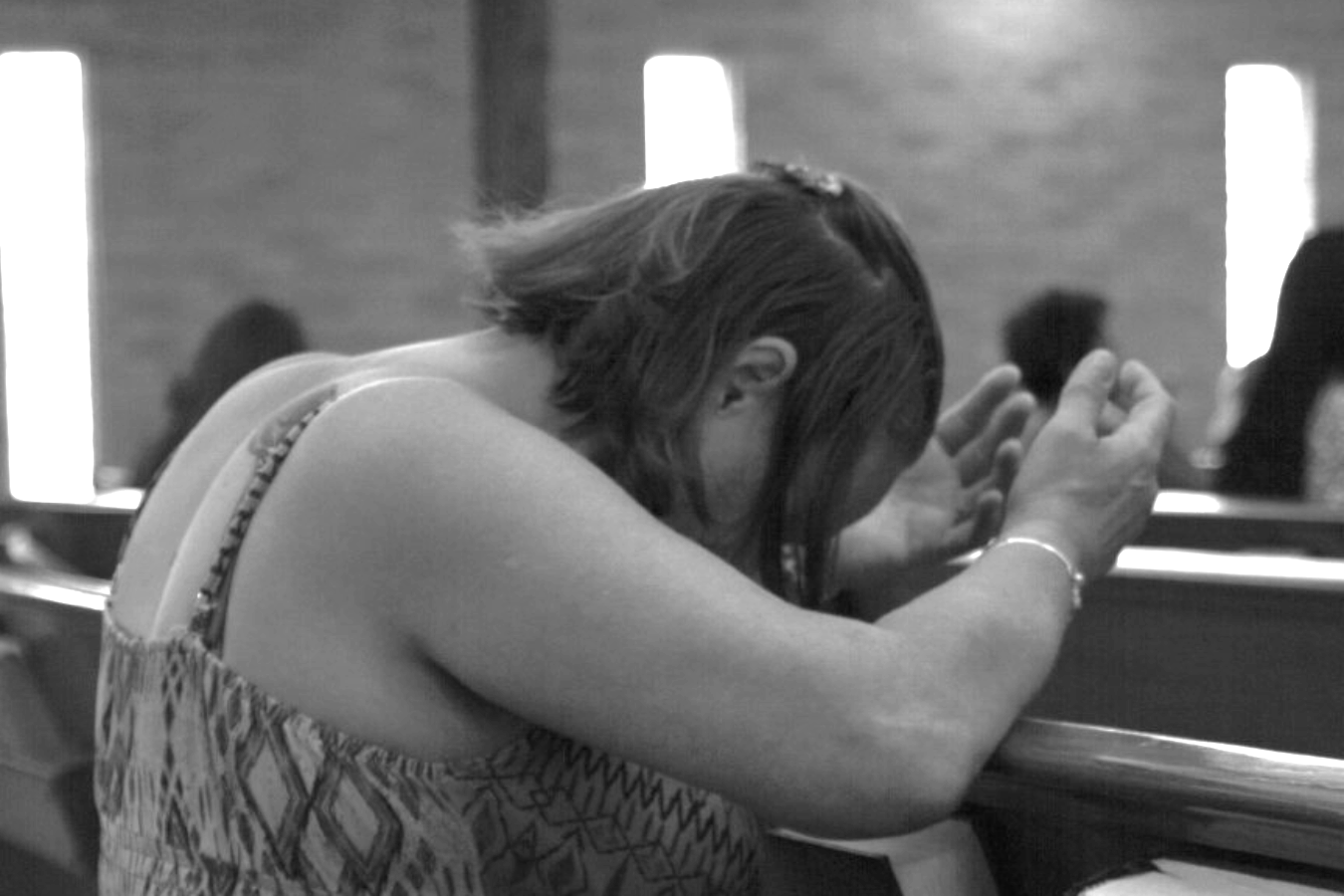
Women in the sex industry are often stigmatized as sex workers. It is overlooked that they may be someone’s sister, daughter, or mother. Media portrayals of sex workers generally categorize them as drug addicts or criminals. Wendy Perkins documents the realities of the everyday life of sex workers in Denver, with particular focus on their routines, hobbies, and interests, and what makes them human, just like anyone else.
Perkins currently works as an advertising consultant for the Laramie Daily Boomerang. Perkins’ photography includes Denver-based sex workers, incarcerated people in Wyoming Correctional facilities, and LGBTQ communities. Her award-winning fellowship gallery is permanently housed on the University of Wyoming digital collections website.
2014: MANASSEH FRANKLIN
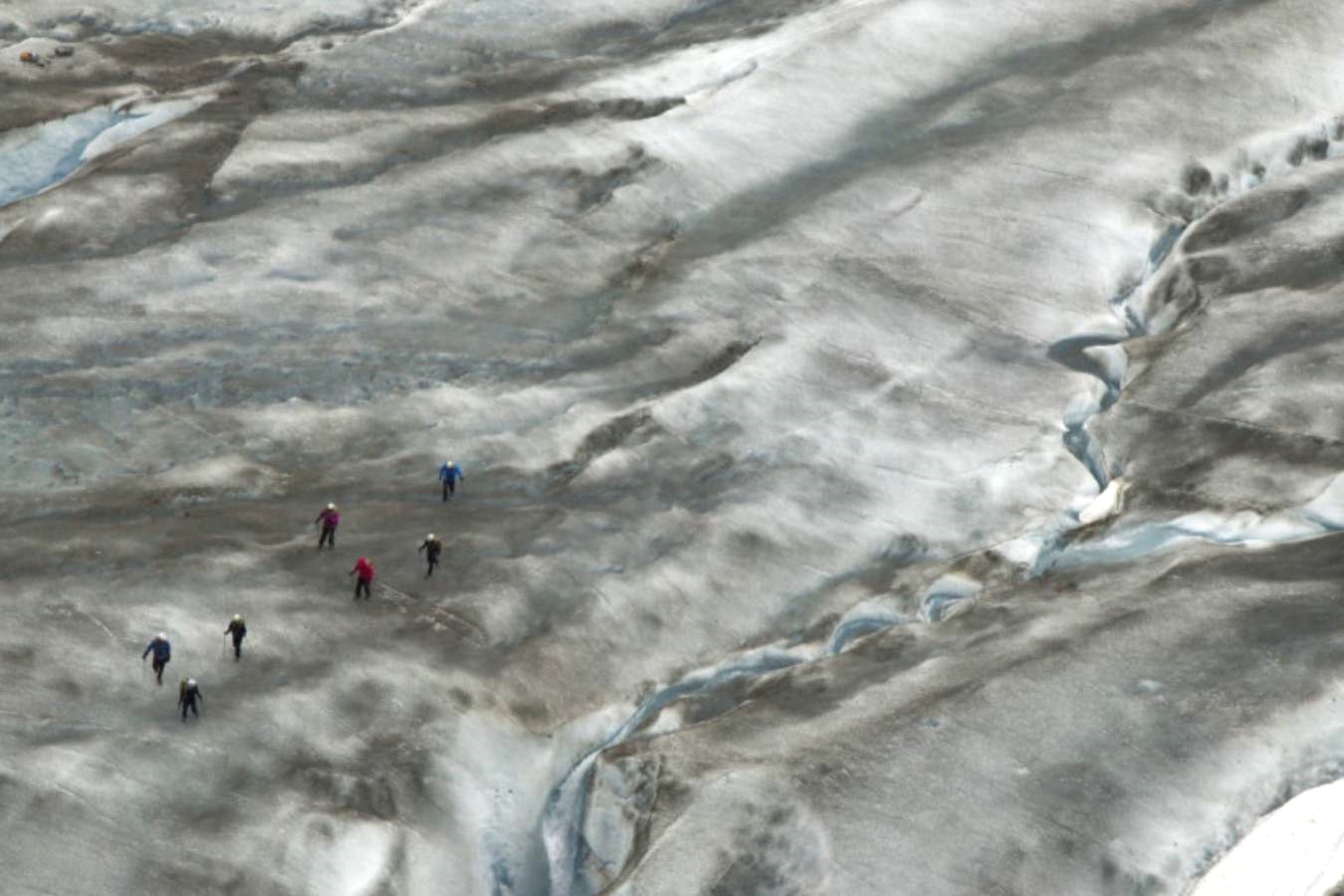
In the summer of 2014, Manasseh Franklin partook in the Juneau Icefield Research Project, an eight-week international ski expedition from Juneau, Alaska to Atlin, British Columbia. She traveled with glaciologists, climatologists, and biologists, who all worked towards analyzing the state of the icefield. By documenting this expedition, Franklin shows the challenges behind conducting research in a glacial environment, and the mass and grandeur of the glaciers themselves.
Franklin is a writer, educator and traveler. Her writing has appeared in Alpinist, Adventure Journal, Western Confluence, High Country News, Rock and Ice, and Afar. The photos and poems she produced during her fellowship have been featured on Alpinist.com, and in Revista Go Outside Brazil.
2012: JORDAN EDGCOMB
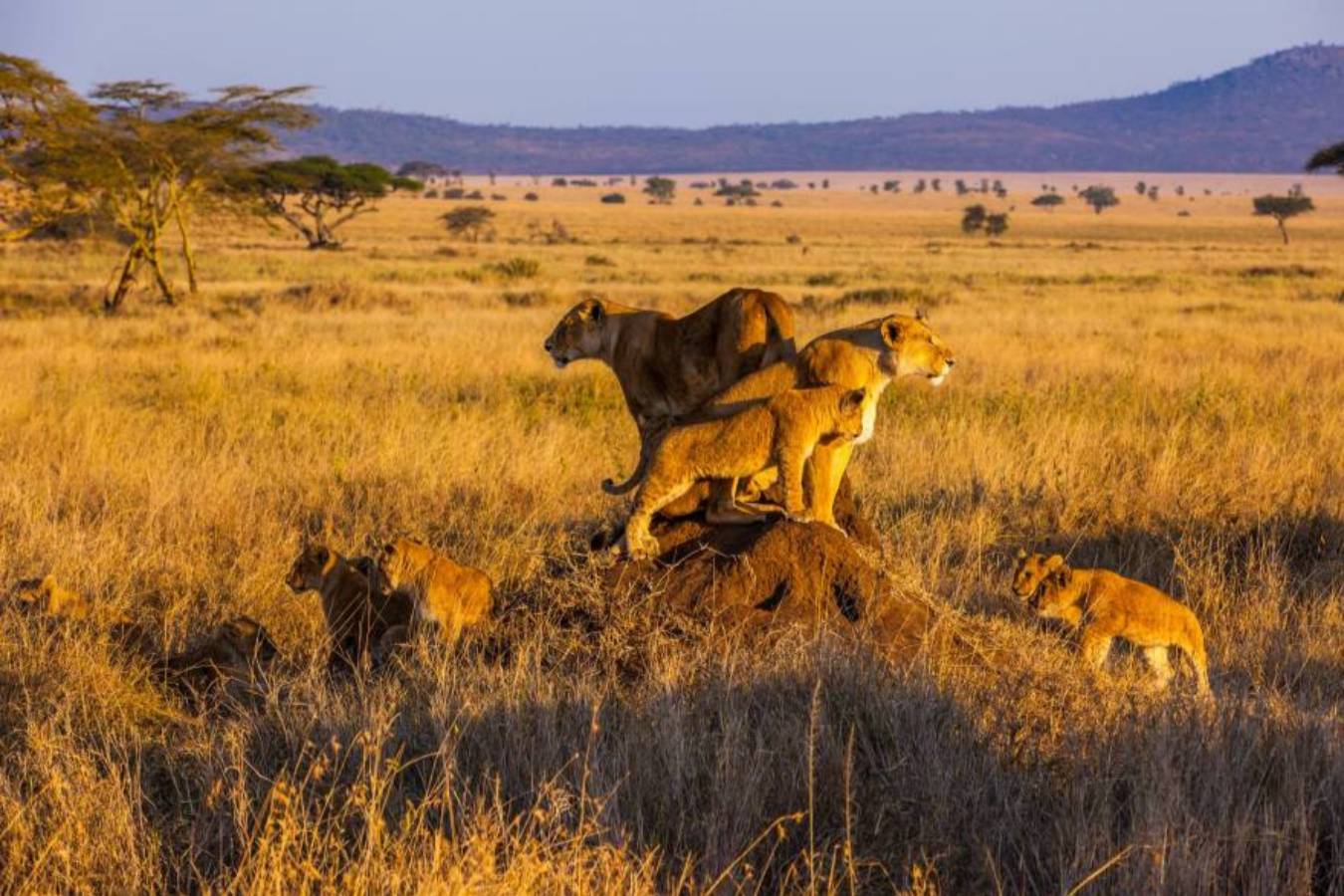
Jordan Edgcomb travelled to Tanzania in 2010, where he experienced the cultures and lifestyles of the Maasai and Chaaga people. While there, he witnessed a young boy tending his cattle in the middle of the Serengeti, even though there had just been a lion present in the area 10 minutes earlier. This instance prompted Jordan to return to Africa and document relationships between the tribes and the wildlife.
Raised in the Bighorn Mountains in Buffalo, Edgcomb developed a deep love of the outdoors at an early age. Photography was simply an extension of his experiences in nature and a way to capture and share the breathtaking beauty and diversity of his surroundings. Edgcomb is a self-taught travel and nature photojournalist whose work has appeared in publications around the world.
2011: JEN FAULKNER
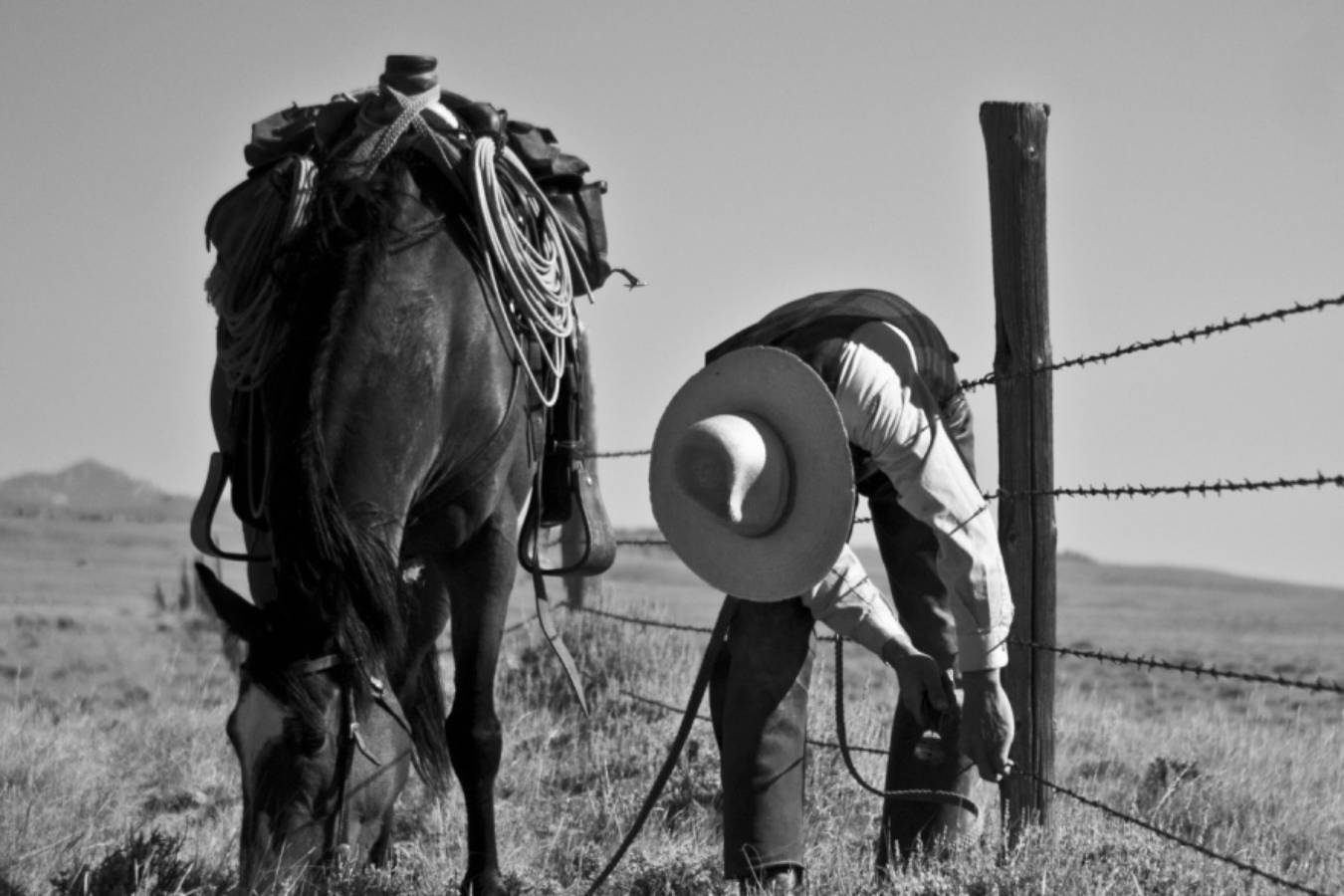
Big trucks, large belt buckles, and an extensive collection of firearms might misrepresent the cowboy culture and the lifestyles of those who belong to ranching communities. Jennifer Faulkner worked to correct this stereotype by documenting the actual lifestyles of life on a ranch, as a woman who was born and raised on a ranch herself. Jennifer highlights the hard work, experience, and intelligence a successful ranching lifestyle requires.
Faulkner manages the 440 Ranch, located 10 miles outside of Riverton. The ranch practices holistic methods and sells its meat and produce to local people through farmer’s markets.
2010: Lydia Renneisen Mullins
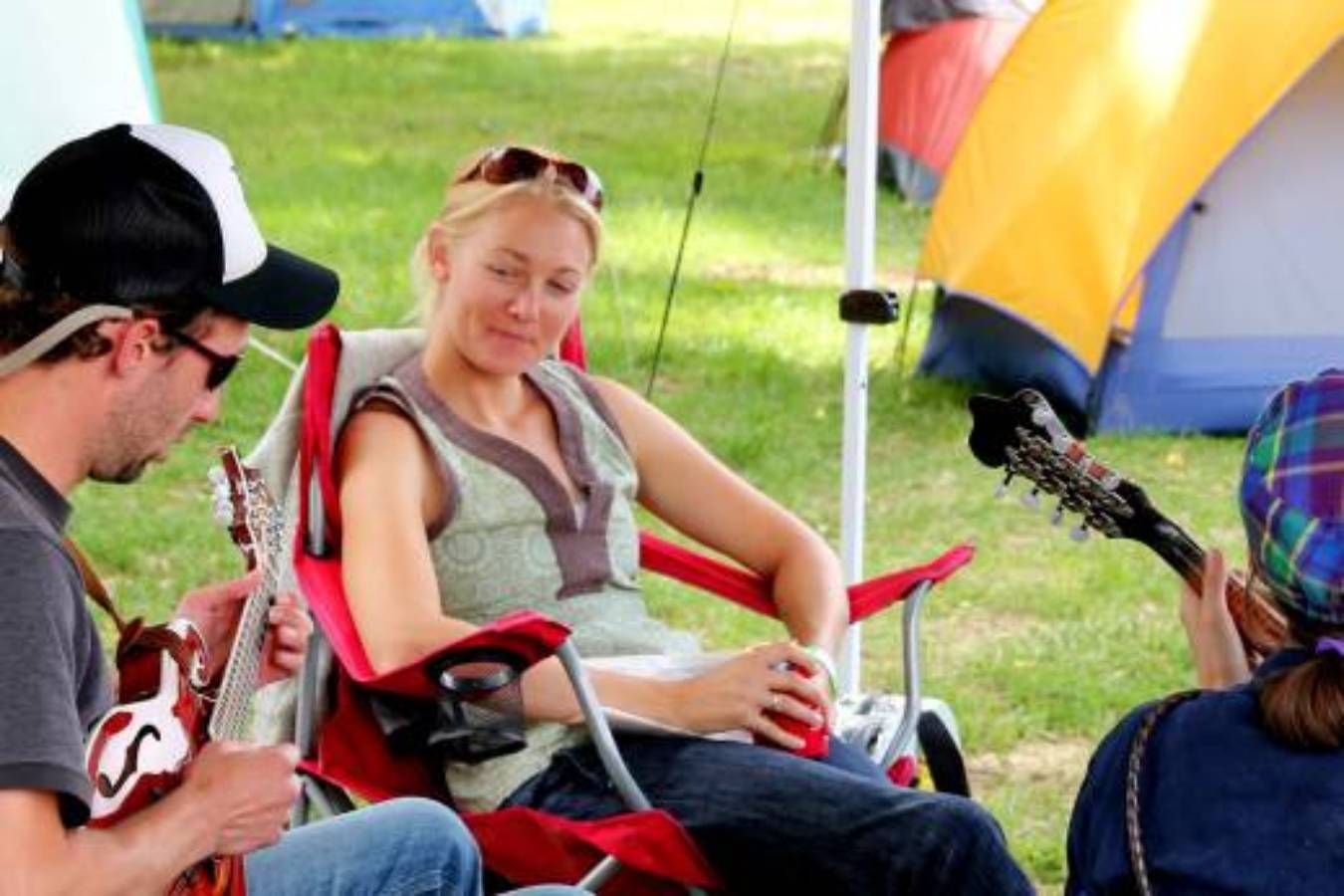
A few of the most prominent symbolisms that come to mind when thinking of Wyoming are rodeo, the cowboy culture, and energy development. But what about the cultural resources within the state? Lydia Renneisen Mullins brings the cultural aspects to the forefront, with focus on the community bonds that form between festival goers at music festivals throughout the state.
Mullins works as an Environmental Scientist at Trihydro Corporation in Laramie. She is now married and raising two children at home. As Mullins' children grow older, she plans to expand her online retail business.
2009: JOSH KING
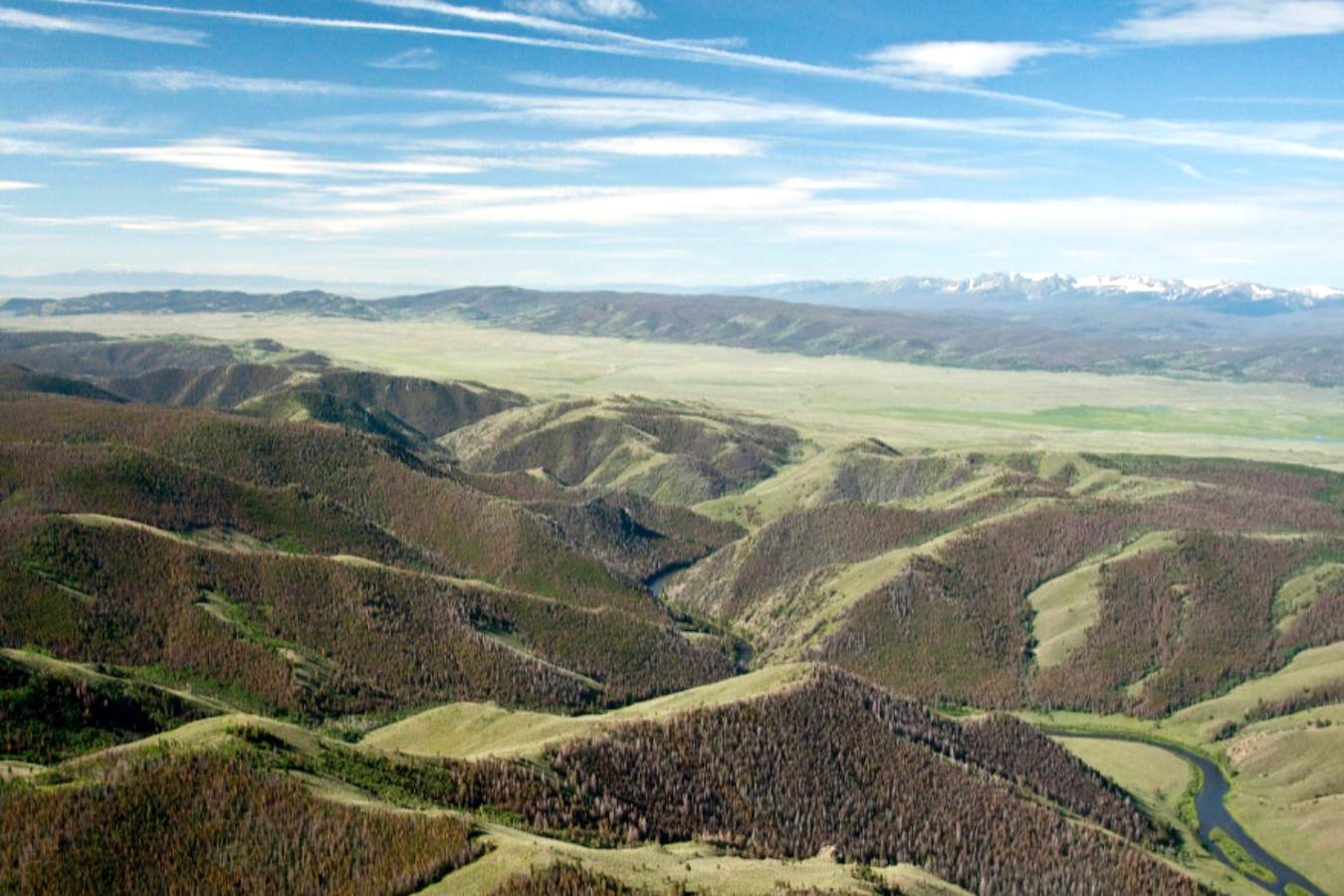
The rising mountain pine beetle epidemic stemmed from a period of extended drought in the late 1990s and early 2000s. Vast amounts of mature lodgepole pines have been killed by the beetles in northern Colorado and southern Wyoming. Josh King chronicled this natural phenomenon, with special focus on the Snowy Range in the Medicine Bow National Forest. King used photographs to show the extent in which the pine beetle has affected both the ecological conditions within the forest and the socio-economic implications for recreation within these areas.
King became interested in the mountain pine beetle epidemic while manning the Centennial Visitor Center in the Medicine Bow-Routt National Forest. He now lives in Switzerland.
2008: Joe Riis
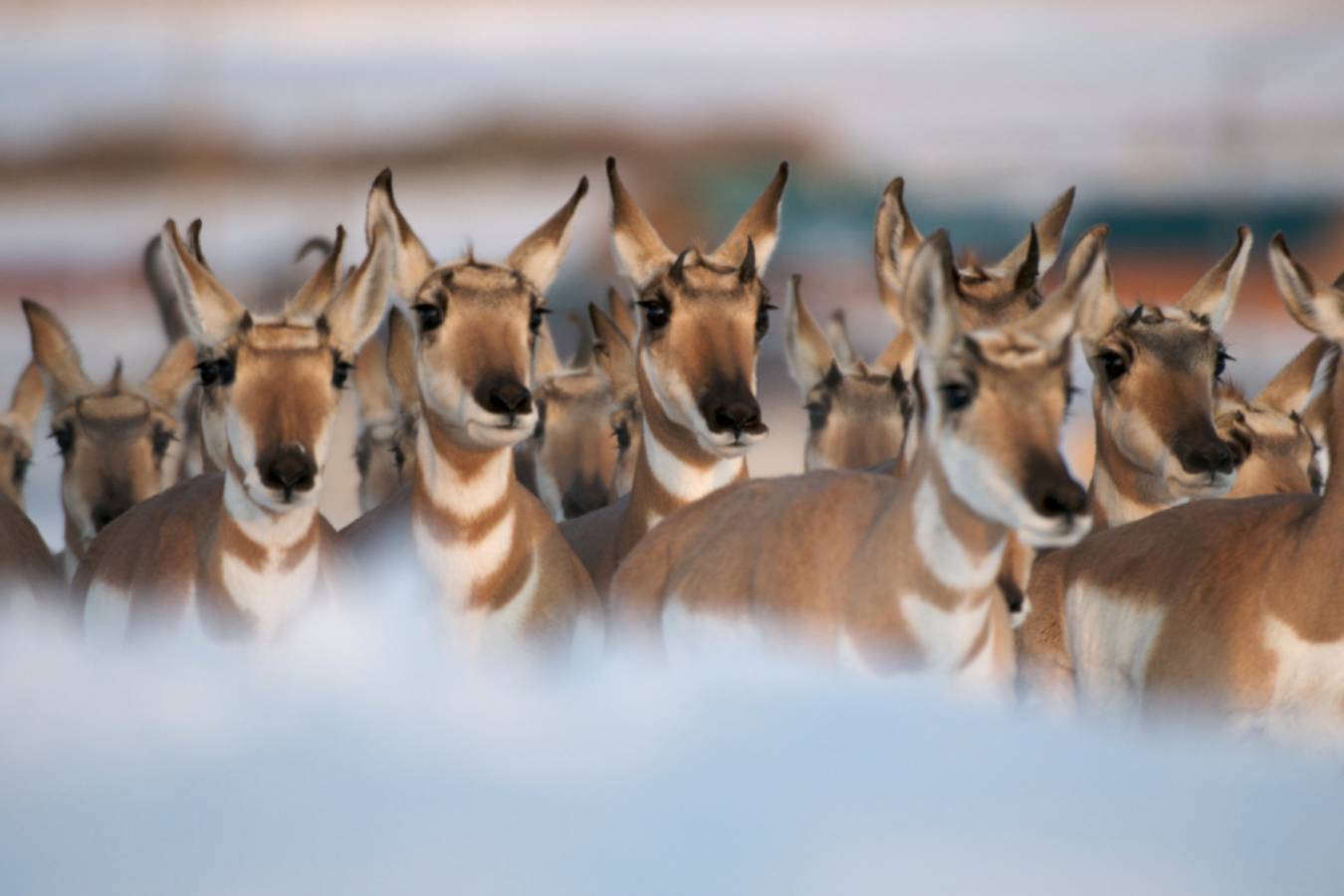
Every year, the Pronghorn who spend the summer in the shadow of the Grand Tetons in Jackson Hole migrate south to their wintering range in the Red Desert. Joe Riis documented this migration with a special emphasis on the obstacles that the Pronghorn encounter such as treacherous mountain passes, human housing, the Green River, and vehicle traffic on Hwy. 191.
Riis is a wildlife biologist turned wildlife photojournalist and filmmaker known for his pioneering documentation of animal migrations in the West. Author of Yellowstone Migrations and Photography Fellow at the National Geographic Society as well as the Wyoming Migration Initiative. Since 2009, he has worked on natural history photography assignments for National Geographic Magazine on five continents. His photographs have been included in private and public collections worldwide.

